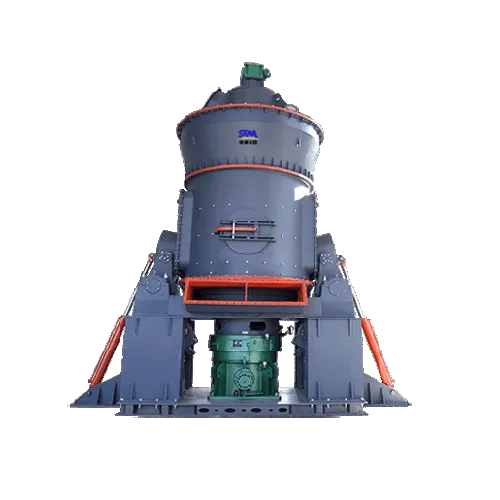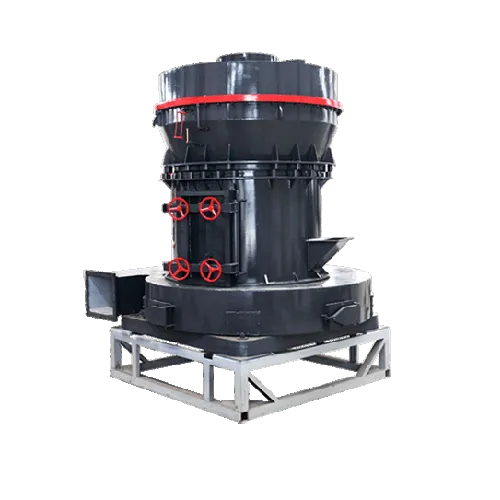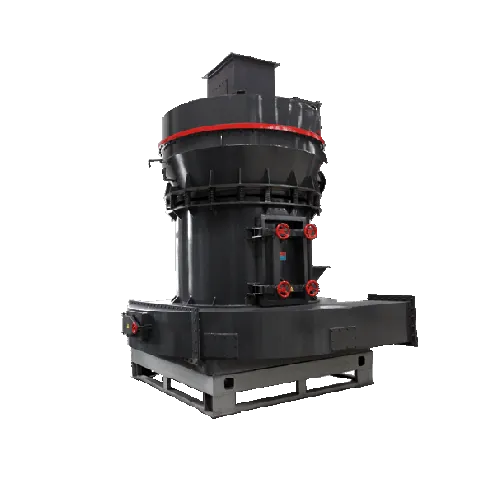A machine called a limestone mill is used to crush limestone into a fine powder. Calcium carbonate (CaCO3) makes up the majority of limestone, a sedimentary rock that is extracted from quarries and utilized as a raw material in a variety of sectors including industry, agriculture, and building. Cement, lime, and other industrial products are frequently produced using limestone mills.

Feeding the material into the mill, where it is ground by a series of grinding rollers or grinding balls, is the first step in the process of grinding limestone in a mill. The powdered limestone is next gathered in a bag or other container for further usage or processing.
Ball mills, Raymond mills, and vertical roller mills are just a few of the different kinds of mills that can be used to grind limestone. The precise use and the preferred particle size of the powdered ground limestone will determine the type of mill that is utilized. The choice of mill may also be influenced by elements including price, energy efficiency, and maintenance needs.
What type of rock is limestone?
The main component of limestone, a sedimentary rock, is calcium carbonate. On the ocean floor, marine animals like coral, shells, and other debris build up and cause it to develop. Limestone often forms in shallow, warm marine conditions, and it is frequently discovered around reefs and atolls and other places with a wealth of marine life. It is a well-liked building material that may be found in everything from floors and countertops to sculptures and building facades. In addition, limestone is used to make cement and to improve the soil for farming.
limestone ball mill
A ball mill for limestone is a type of grinder used to grind materials into very fine powder for use in ceramics, paints, pyrotechnics, and mineral dressing processes. By revolving a cylinder filled with grinding balls, the ball mill grinds the material by causing the balls to fall back into the cylinder. Depending on the mill's diameter, the spinning typically occurs at a speed of 4 to 20 revolutions per minute.
Cement, silicate products, new building materials, refractory materials, fertilizers, glass ceramics, and other industrial industries frequently employ limestone ball mills. The ball mill is intended to grind limestone, which is a rather soft material, to the desired fineness. The grinding and crushing of the limestone particles is done by the grinding medium, which are typically steel balls, inside the ball mill.
Depending on the size of the limestone feedstock, several sized ball mills may be used to grind the limestone. Depending on the size and hardness of the limestone particles, the mill may be made to take smaller or larger pieces of limestone, and the grinding media may also change. The grinding process can be continuous or sporadic, and the mill can be run wet or dry.
In conclusion, a limestone ball mill is a flexible and crucial piece of machinery utilized in the manufacturing of several goods, including cement, silicate goods, and ceramics.
The working process of limestone mill
The process of turning limestone into several types of powders for use in a variety of sectors, including construction materials, metallurgy, chemical engineering, and agriculture, is known as grinding. Here is how a limestone mill typically operates:
- Crushing: A crusher or a hammer mill is used to reduce the size of limestone rocks.
- Grinding: A limestone mill is used to grind the crushed limestone into a fine powder. In this procedure, the mill's grinding rollers and grinding ring crush the limestone powder that was previously fed into it.
- Classification: A classifier separates the fine powder from the coarse powder in the pulverized limestone powder.
- Collection: The coarse limestone powder is returned to the mill for additional grinding, while the fine powder is collected in a dust collector.
- Packaging: The gathered limestone powder is then put into containers and kept in storage for use in different sectors of the economy.
Depending on the type and construction of the mill, the precise working procedure may vary, although the overall procedure outlined above is shared by the majority of limestone mills.
Products of limestone mill
Depending on the precise milling technique employed and the desired end product, the output of a limestone mill can vary. But typically, a limestone mill is used to break down limestone into a fine powder or granular material that can be applied in a number of industrial and construction settings.
Typical outputs of limestone grinding process include the following:
- Quicklime: Quicklime is a product of high calcium limestone that is heated to a high temperature in a lime kiln and utilized in a variety of processes, including the production of steel, the treatment of water, and soil stabilization.
- Hydrated lime is a quicklime product that is combined with water to create a dry powder that is used in a number of industries, including building, farming, and the production of chemicals.
- Limestone flour: Made by grinding limestone, this fine powder is used as a filler in many goods, such as paint, rubber, and plastics.
- Agricultural lime: A product of pulverized limestone, agricultural lime is used to balance acidic soils and give plants vital nutrients.
- Building stone: Limestone is another material that is frequently used in construction and can be cut into blocks or slabs.
Generally, the output of a limestone mill is adaptable and has a wide range of uses in different sectors of the economy.
Uses of the products of the limestone mill
A limestone mill's output can be used in a variety of different businesses. The products of a limestone mill are frequently used for the following purposes:
- Building: Roads, bridges, and buildings are all constructed with limestone, a common building material. Blocks and slabs of limestone can be molded and cut to match certain construction requirements.
- Agriculture: To raise soil pH levels and improve soil fertility, ground limestone is used as a soil conditioner. In order to supplement vital minerals and enhance digestion in animals, it is also utilized as a feed additive.
- Production of steel: Quicklime, a byproduct of limestone, is used in the manufacture of steel. To get rid of impurities and raise the caliber of the finished product, it is added to the steelmaking process.
- Water treatment: To remove pollutants and neutralize acidic water, quicklime and hydrated lime are utilized.
- Chemical manufacturing: The creation of paper, textiles, and plastics are only a few of the products made with quicklime and hydrated lime.
- Environmental remediation: By neutralizing acidic soils and water, quicklime and hydrated lime are employed in the cleanup of environmental dangers including oil spills.
- Pharmaceuticals: As a natural and safe substitute for synthetic fillers, limestone is utilized as a filler in medicinal products.
Overall, a limestone mill's output is adaptable and useful in a variety of industries, making it a valuable natural resource.



